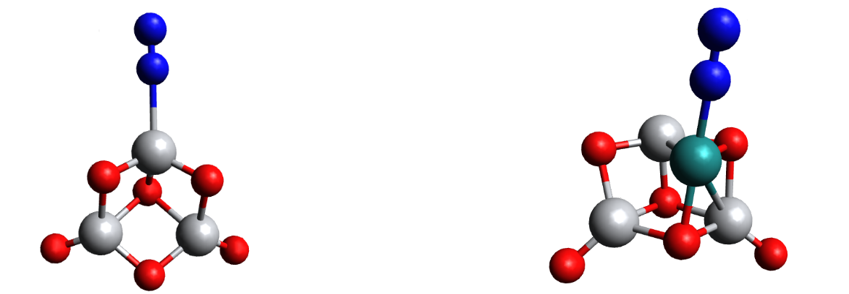2022 Annual Meeting
(532ei) Using Ru-Doped TiO2 Clusters for Photoactivation of N2
Authors
We determine precisely the adsorption active sites and the effect of increasing cluster size on the properties. In our study, pristine TiO2 clusters and clusters with loaded ruthenium (Ru) atoms served as photocatalysts of interest for studying the fixation and activation of the nitrogen molecule. The results were obtained using time-dependent density functional theory (TD-DFT). The optimized structures of (TiO2)n and Ru-(TiO2)n clusters (n = 1â12) were used to determine the most favourable active sites for the adsorption of nitrogen (N2), hydrogen (H), and ammonia (NH3), respectively, over three selected cluster sizes (n = 3, 6, and 12). Adsorption was studied in the ground state and excited state, since the latter provides insight into the photocatalytic related properties.
All calculations were performed in the GPAW environment using the implemented projector-augmented-wave (PAW) method, the plane wave basis set, and the Perdew-Burke-Ernzerhof (PBE) functional. The excited state properties were determined using TD-DFT. To account for the van der Waals interactions, the Grimme-D3 correction was also applied. Excited state calculations empower the investigation of photocatalytic properties of clusters, such as excitation energies, photoabsorption spectra, Stokes shift, etc., and the determination of the mechanism of nitrogen reduction to ammonia under photocatalytic conditions.
